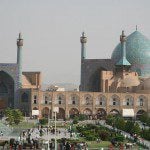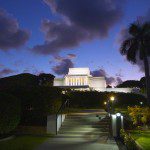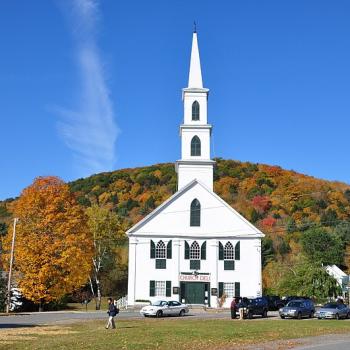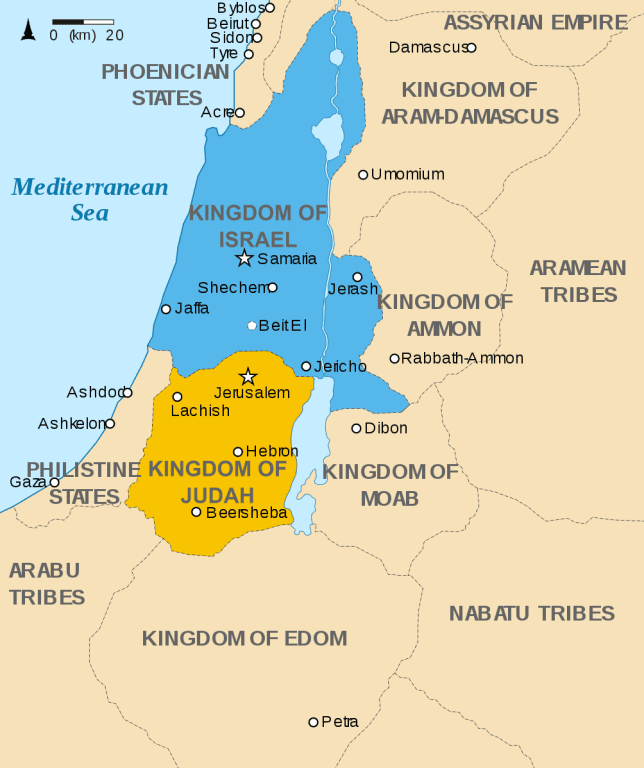
On the second of my two immediately upcoming tours in Israel, we’ll be visiting the wonderfully-named northern site of Dan. I’ve driven by it several times a year for the past decade but haven’t actually spent time on the site for a very long time. So I think that I’ll write up some preliminary notes for myself about the place.
Unsurprisingly, Dan, which was the northernmost city of the biblical Kingdom of Israel (both before the division into the rival kingdoms of Judah and Israel and thereafter), belonged to the equally well-named tribe of Dan. Today, the archaeological area where the city stood is called Tel Dan (תל דן, or the “Mound of Dan”) in Hebrew. In Arabic, it’s known Tell el-Qadi (تل القاضي, the “Mound of the Judge”), which is probably not coincidental, since Dan means “judge” in Hebrew. (There is also a close cognate in Arabic. The Day of Judgment, for instance, is the yawm al-din [pronounced deen].)
Tel Dan is located in what is known as the “Galilee Panhandle,” far in the north of Israel, where it is very near to both the Syrian and Lebanese borders. To its west is the very southern part of Mount Lebanon; on its north and east are the mountains known collectively as Hermon. The snowmelt from these mountains constitutes the headwaters of the River Jordan, so this is a lush and agriculturally rich area.
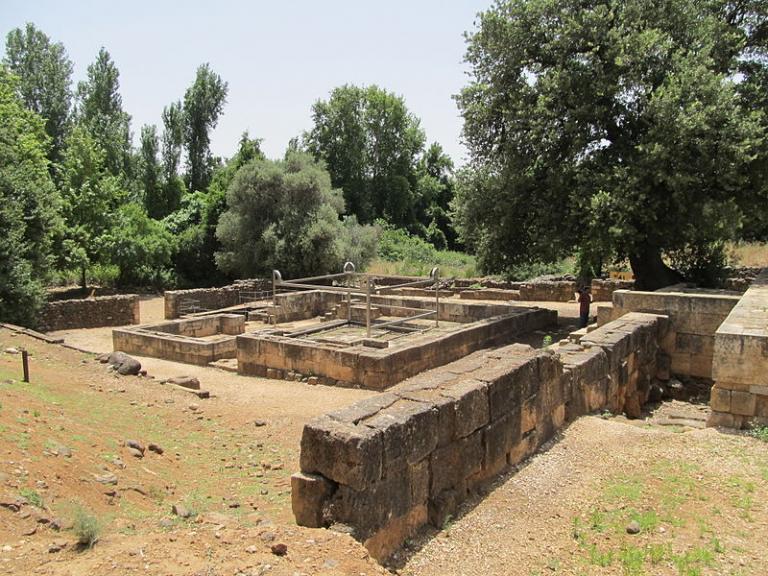
According to Judges 18, the tribe of Dan, which lacked a territory of its own, decided after some reconnaissance to attack the fertile Canaanite settlement of Laish or Laysha, which would become the biblical Dan.
Surviving from pre-Israelite Dan (or Laish/Laysha) is a mud brick and basalt structure popularly known as “Abraham’s Gate” dating back to roughly BC 1750. Its name comes from the biblical account (see Genesis 14) of Abraham’s coming to the place to rescue his nephew, Lot. (The Iron Age gate — the Israelite gate — is distinct from the Canaanite gate.)
According to 2 Kings 10:29 and 2 Chronicles 13:8, Jeroboam, who rebelled in around BC 931 against Solomon’s son Rehoboam and established the independent northern Kingdom of Israel, erected two golden calves as gods. One of them stood far to the north, in Dan, and the other stood near his southern border, in a city called Bethel (Bayt El, “House of God”). Presumably, he didn’t want his subjects going to the great temple in Jerusalem — that is, in the capital of the rival southern Kingdom of Judah — because that might have tested their loyalty to him and to his line.



